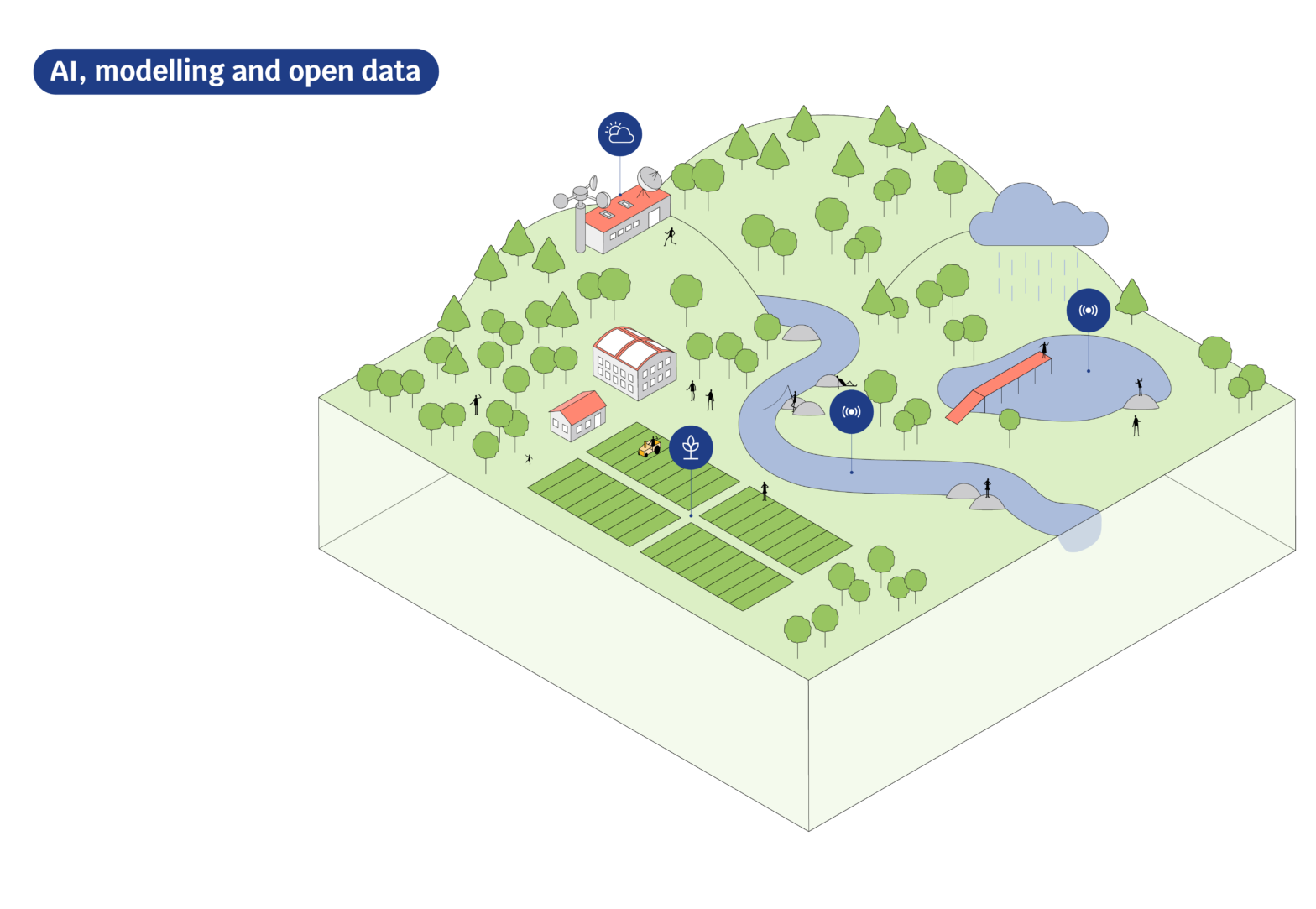In 2009, two of the UK’s largest energy companies, EDF Energy and British Energy, came together in a merger worth over £12 billion.
Under the name of EDF Energy, the two firms now produce around a quarter of the UK’s electricity, employing nearly 20,000 people across the country and supplying gas and electricity to 5.5 million businesses and homes.
Gilles Chauveau was chief operating officer of EDF Energy at the time. When he looked at the IT organisation of the combined company, he saw the need for a drastic overhaul.
“There was a heterogeneous sourcing landscape of internal and external suppliers, with no consistency between the two companies,” Chauveau said at Gartner's recent Outsourcing and Strategic Partnership conference. “Some of the contracts were five to seven years old and had been through several extensions without competition.”
Meanwhile, the relationship between IT and the business was poor. “We had an ‘IT kingdom’ type of governance system,” Chauveau, who is now EDF Energy’s CIO, says. “We had only IT people around the table making major decisions around IT sourcing, and the rest of the business was kept out.”
"We were fully ready to face the consequences of the change by proactively talking with union representatives"
Gilles Chauveau
EDF Energy
“We also had poor demand management and weak capacity planning.”
Chauveau’s solution to was replace EDF Energy’s internal shared IT services organisation with a “multi-sourced” outsourcing strategy, and to move project management resources into the business units.
This was not easy. “It was a demanding process,” says Chauveau.
It meant combining all the contracts that related to a particular service (e.g. desktops, helpdesk, etc.) and standardising tools across the newly-merged company. It meant persuading the business to take ownership of IT. And, of course, it meant redundancies.
“In the case of human resources, we were fully ready to face the consequences of the change by proactively talking with union representatives,” says Chauveau. “We were open and honest with people and maximized their choices, giving them options for transfer, redeployment or redundancy.”
All change
An important part of the transition was to train the IT project management resources to better understand the business.
“It was important for us to develop the financial, service and leadership skills of all individuals in retained teams,” Chauveau says. “We took a progressive approach – it was one big step at a time, but we ensured everyone had enough time to learn.
Originally, EDF Energy had expected the transformation to take just two years, but it ended up taking four to complete. “There were more changes than expected in the beginning,” says Chauveau.
“We’ve learnt that it is important to move away from using overly-technical SLAs in our contracts and towards business-led KPIs.”
But it has more than delivered the expected returns. “With a clearly defined strategy that looked at everything from infrastructure and performance management to culture and behaviour, we’ve got costs under control and seen strong financial results.”
“Over the course of the project we have saved over £100 million from our IT operations budget, with no impact on business-critical availability of services,” says Chauveau.










